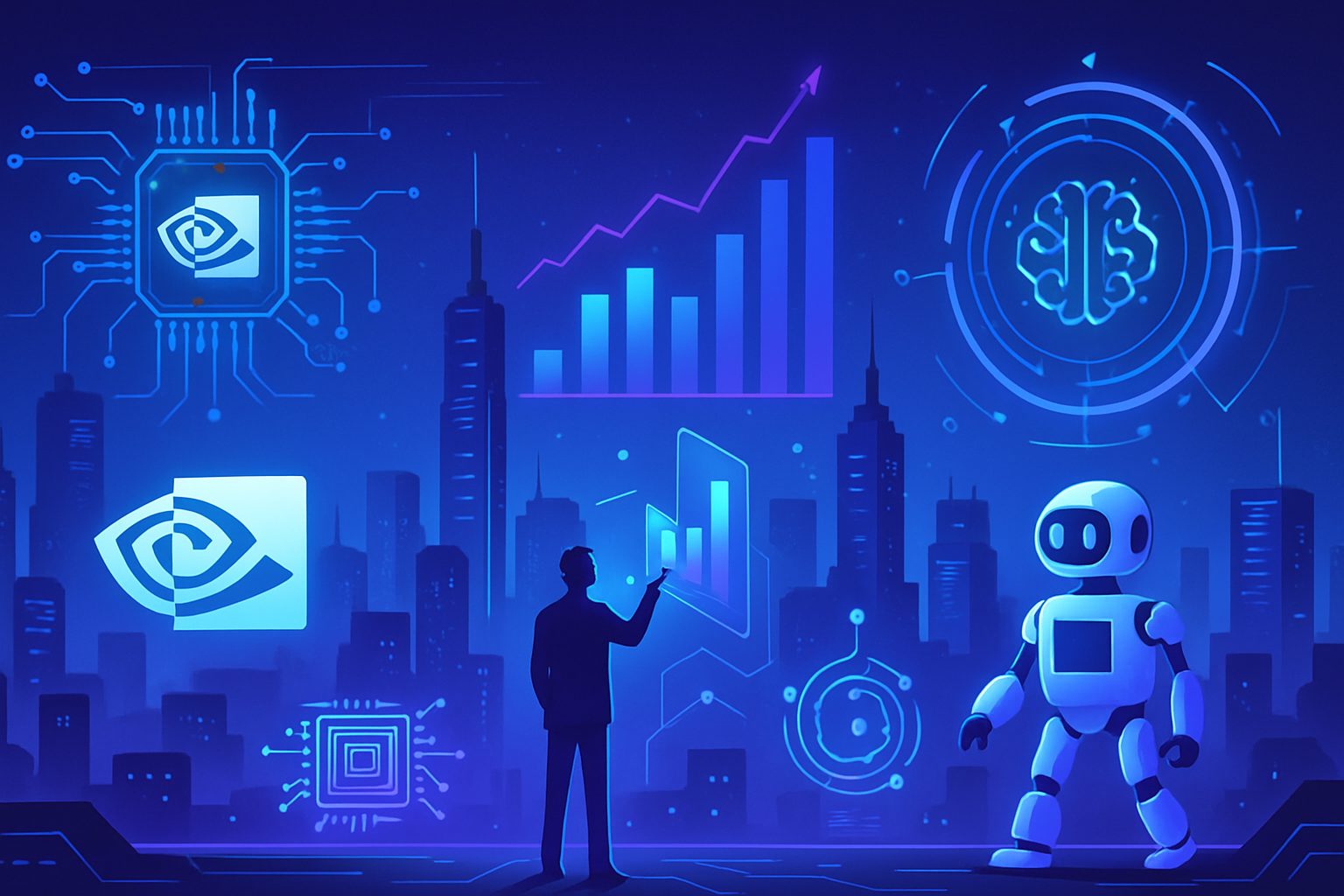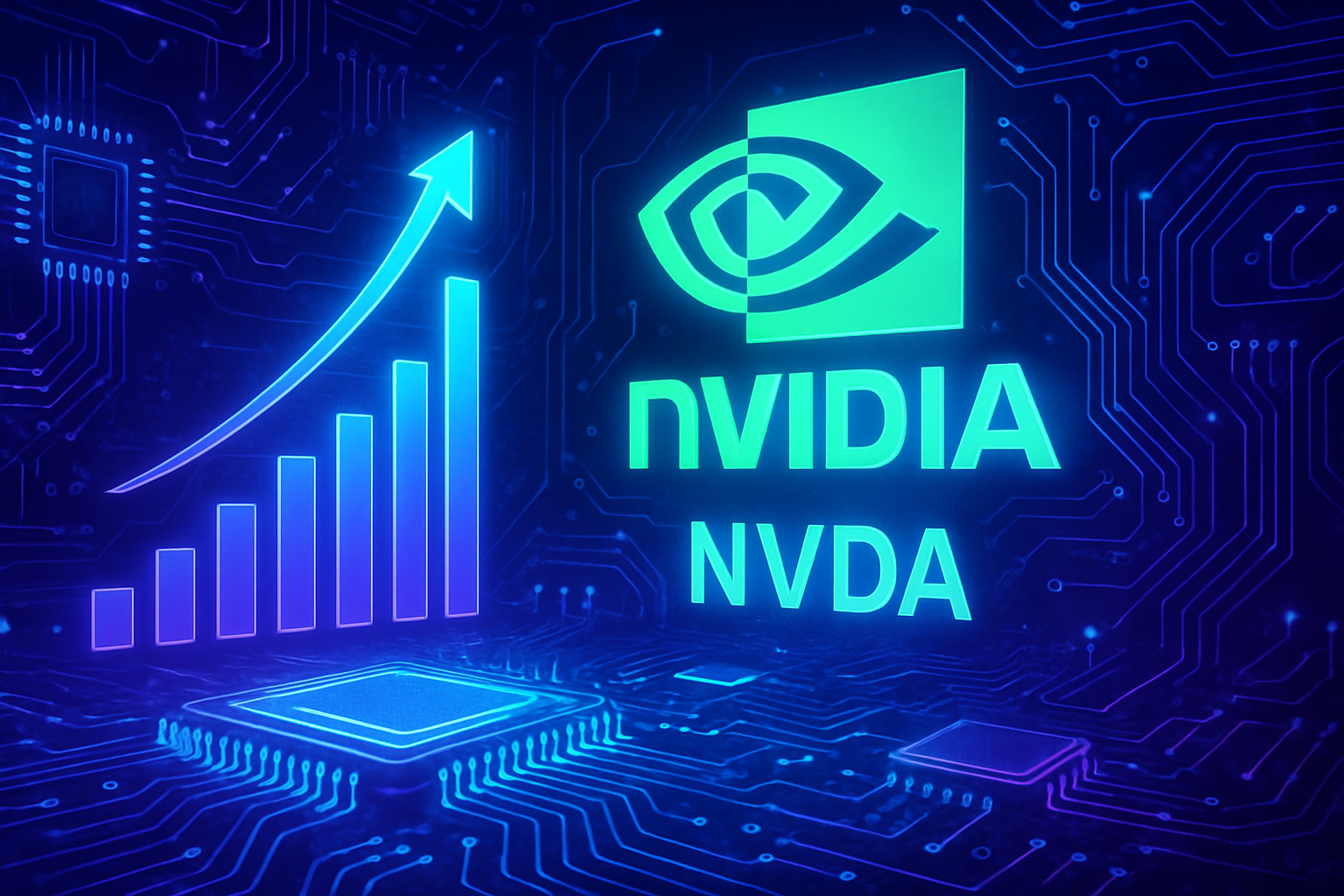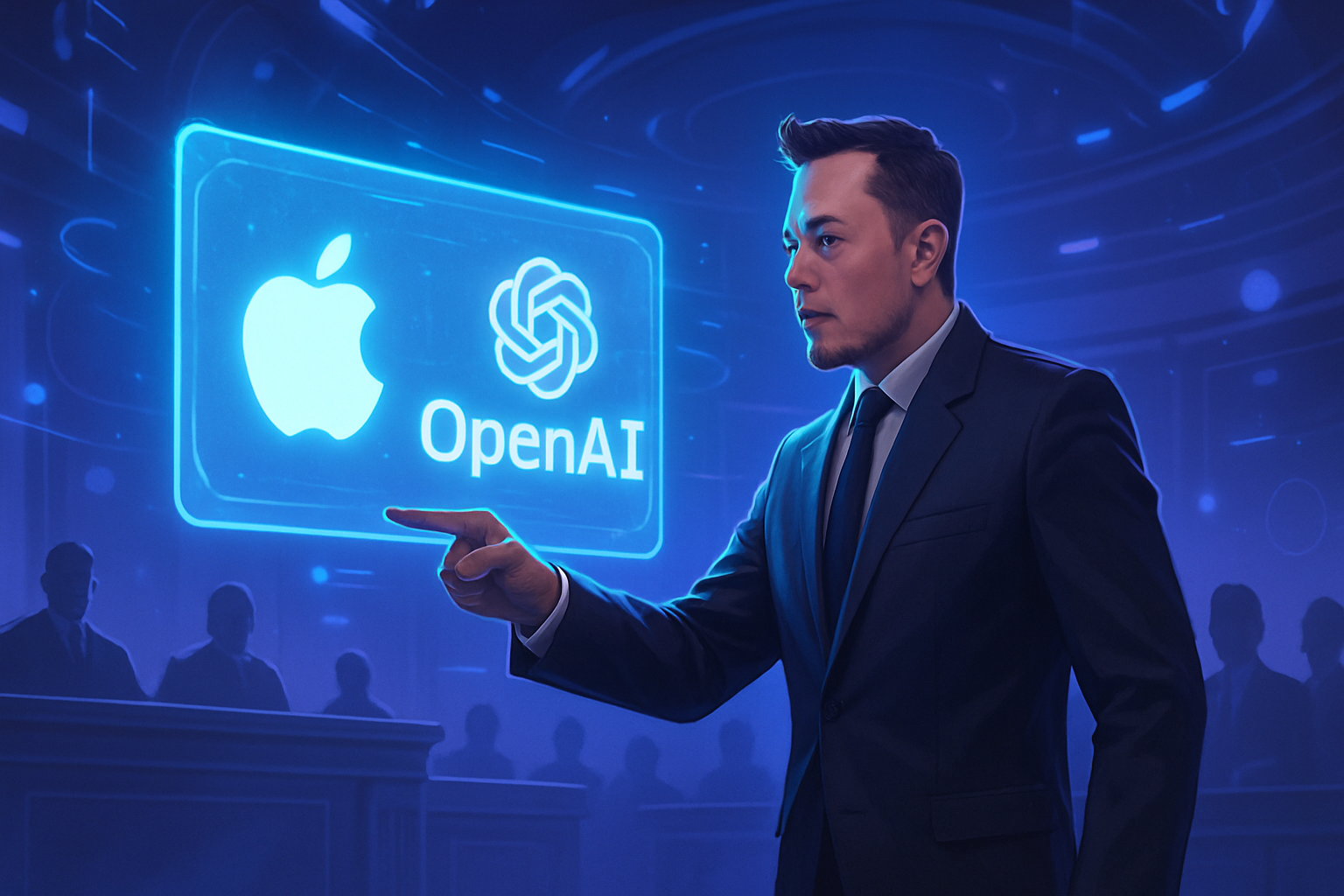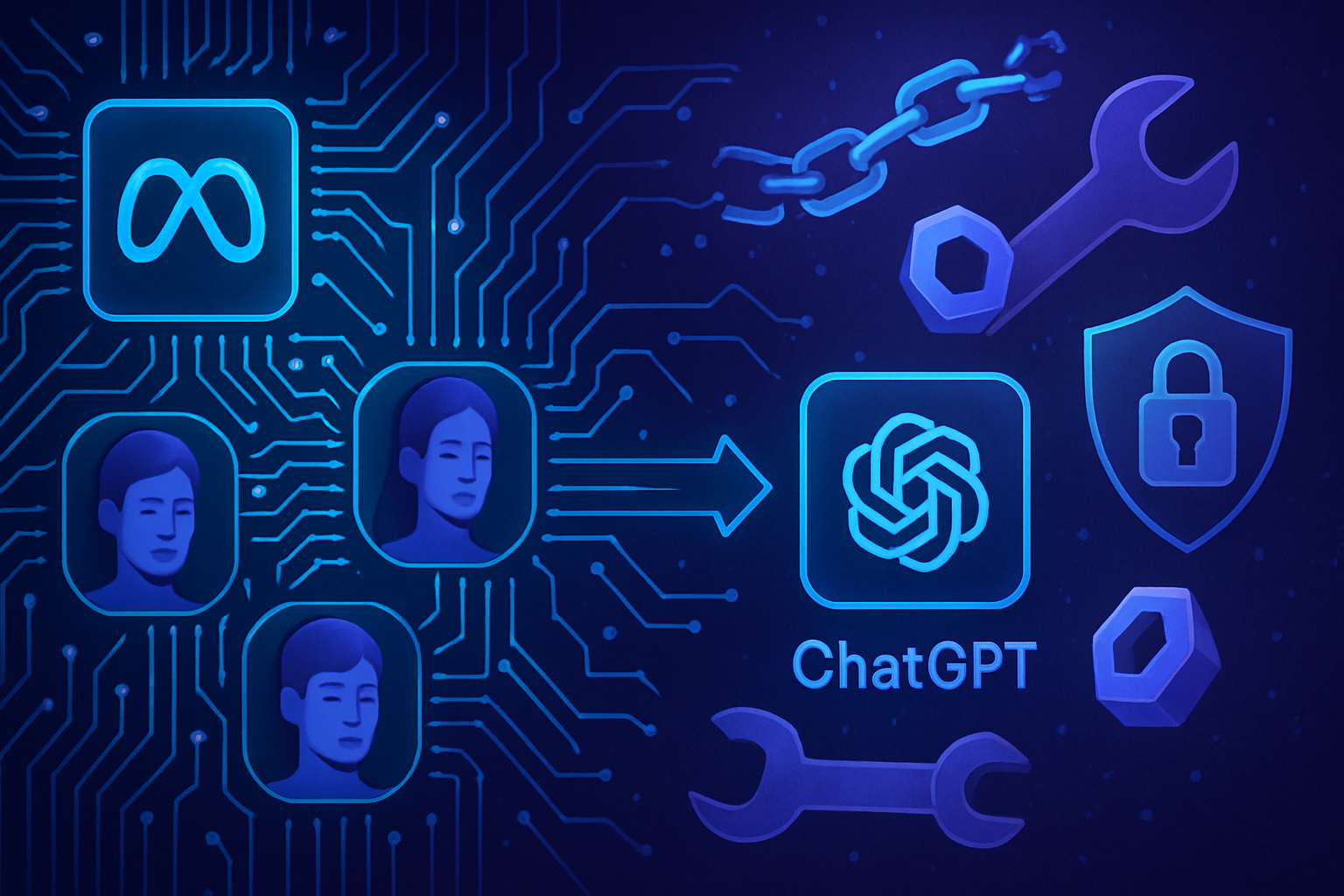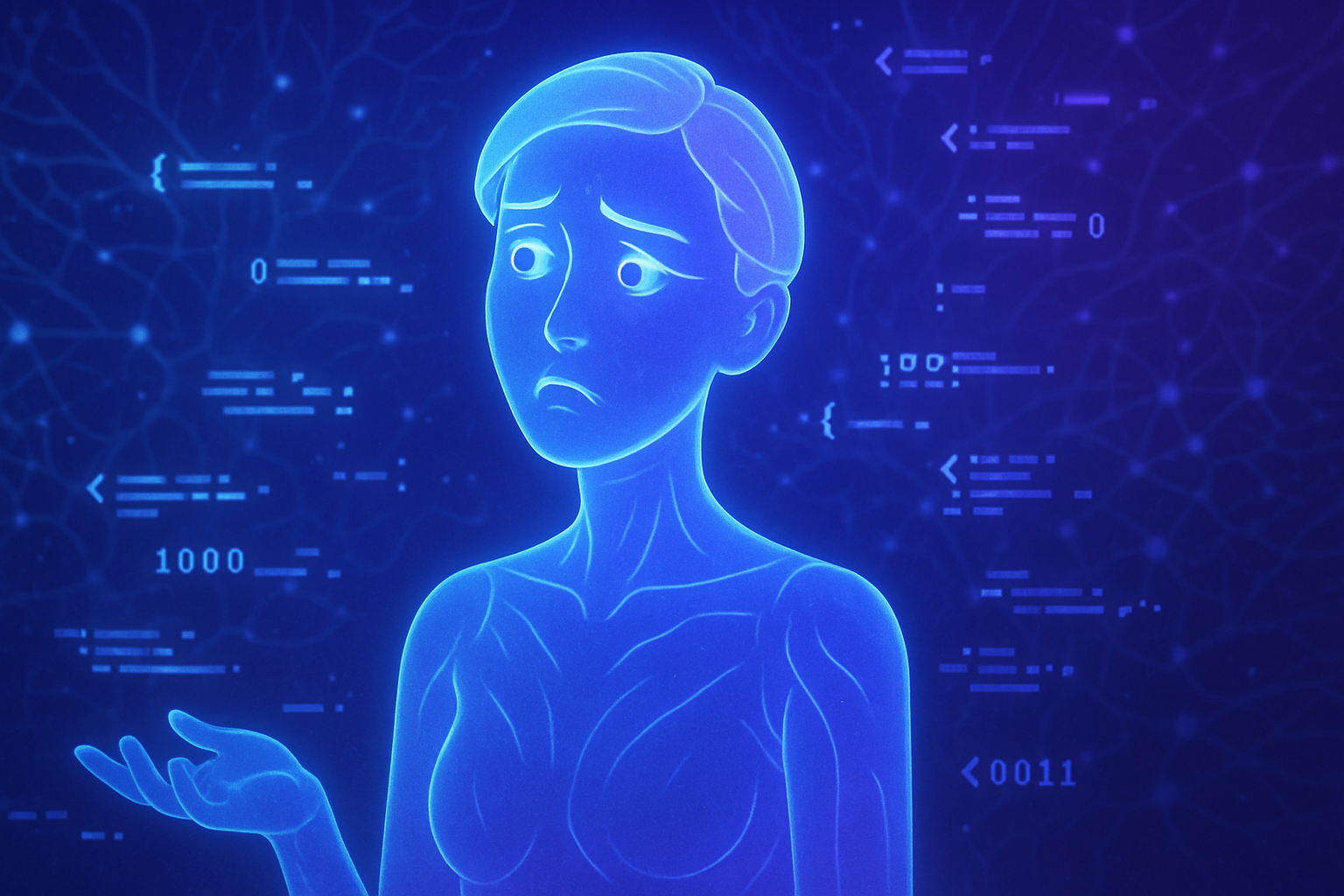The digital revolution redefined by artificial intelligence transforms the interaction with pets. The ability to animate canine avatars in three dimensions offers a fascinating field of experimentation. This advancement raises exciting questions about the future of human-animal relationships.
*Balancing technology and affection* constitutes a primary challenge. Innovations in 3D reconstruction provide remarkable immersive experiences. *The fusion of AI and creativity* opens vast potential for animal lovers.
Investing in this field promises to reinvent our understanding of the emotional bond with our companions.
Technological advancements in 3D modeling of pets
Researchers at UNIST have developed a revolutionary AI technology called DogRecon. This system allows for the detailed reconstruction of 3D models of dogs from a single image. The ability to create realistic digital avatars opens fascinating prospects in virtual reality (VR), augmented reality (AR), and the metaverse.
Challenges of 3D reconstruction of animals
The process of 3D modeling dogs comes with considerable challenges. The diversity of breeds and variations in morphology complicate this task. The joints, often obscured due to their quadrupedal posture, also present notable obstacles. Traditional techniques frequently encounter difficulties in reproducing faithful representations from a simple 2D image.
Innovative approach of DogRecon
DogRecon overcomes the limitations of previous models through statistical approaches specific to each breed. These models take into account morphological variations and postures of dogs. Furthermore, the use of generative AI allows for the production of multiple views, thus facilitating the restitution of obscured areas with exceptional fidelity. The integration of the Gaussian Splatting technique ensures precise reproduction of body contours and fur textures.
Promising results and future applications
Performance evaluations on various datasets have shown that DogRecon generates 3D dog avatars of a quality comparable to video-based methods, while requiring only a single image. Unlike previous models that often created unrealistic postures, DogRecon offers results of great authenticity.
A potential for animation and personalization
The evolving structure of DogRecon promises to spark considerable interest in text-generated animation and AR/VR environments. The lead author, Gyeongsu Cho, emphasizes the goal of extending this technology, traditionally focused on humans, to pets, thereby allowing each user to design and animate a unique digital version of their animal.
Sustainability of research and prospects for evolution
Professor Kyungdon Joo and his team express ambitions for expansion. The integration of generative AI with 3D reconstruction techniques represents a step towards producing realistic models not only of pets but also of personalized avatars. This research establishes a solid foundation for further exploring the creative capabilities of AI technology.
Frequently asked questions about AI technology bringing virtual pets to life
What is DogRecon and how does it work?
DogRecon is an innovative technology that allows for the reconstruction of animatable 3D models of dogs from a single image. It uses breed-specific statistical models and advanced generative AI techniques to capture variations in shape and posture while faithfully reproducing the textures and contours of the animals.
What advantages does using 3D models of pets in virtual and augmented reality offer?
3D models of pets make VR and AR experiences more immersive and realistic, allowing users to interact with digital avatars of their animals in virtual environments. This strengthens emotional attachment and enhances the quality of games and educational applications.
How can the accuracy of movements in virtual animal animations be ensured?
DogRecon allows movement targeting from an existing video or creating new animations. Through advanced algorithms, it generates realistic movements based on 3D models while considering the specifics of each breed and posture.
Do the virtual animals created with DogRecon truly reflect the appearance of your pet?
Yes, thanks to algorithmic models tailored to each breed, DogRecon faithfully recreates the physical appearance of your pet, including distinctive features such as fur color and body shape, ensuring a realistic representation.
Is it possible to animate dogs of different breeds with DogRecon?
Yes, DogRecon has been designed to work with a wide variety of dog breeds. It takes into account the morphological differences and specifics of each breed to ensure that the 3D representations are accurate and well-suited.
How can the 3D reconstruction technology be used beyond pet models?
The techniques developed by DogRecon can be applied to other types of animals and even to personalized avatars, paving the way for innovations in fields such as entertainment, education, and animal-assisted therapy.
What technical challenges does DogRecon overcome when creating 3D models?
DogRecon addresses several challenges, including the reconstruction of hidden areas due to the quadrupedal posture of dogs and the variability of body shapes. It uses advanced techniques like Gaussian Splatting to ensure fidelity of textures and contours.
Are there practical applications of DogRecon in digital content creation?
Absolutely, DogRecon can be used in the development of video games, augmented reality applications, and even in digital art projects, allowing users to bring animated representations of their pets to life.

